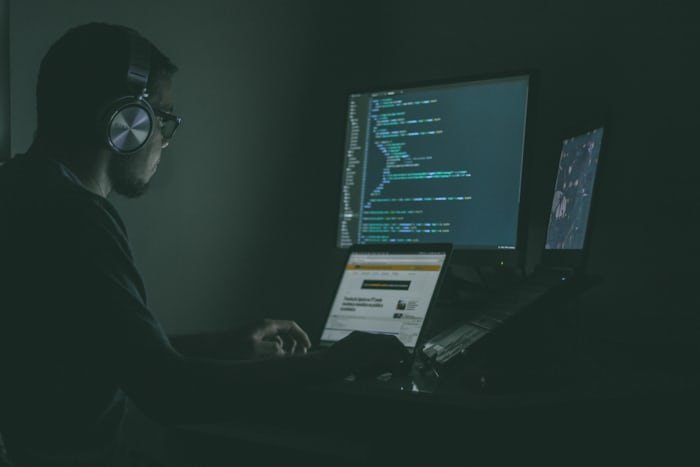Are you sure senior living homes are safe from online threats?
Protecting the personal information of residents is very important. Hackers try to steal this information because it is valuable. Knowing how to keep computer systems safe can stop these attacks.
Strong security helps keep residents and staff safe. Learning what to do can make a big difference. Want to know how to make senior living places safer from cyber threats? Keep reading to find easy ways to protect what matters most to you.
Strong Passwords and Multi-Factor Authentication
Strong passwords help keep senior living communities safe from online attacks. Using long and different passwords for each account makes it hard for hackers to guess or break in.
Multi-factor authentication (MFA) adds extra protection by asking for two or more ways to prove who you are. For example, you might need a password and a code sent to your phone. Even if someone steals a password, MFA stops them from getting in.
Together, strong passwords and MFA lower the chance of a data breach. These steps help everyone in senior living communities feel safe because their important information is better protected from cyber threats.
Regular Software Updates
Keeping software up to date is very important to protect senior living communities from online threats. Updates fix problems in programs and close holes that bad people might use to get in.
Computers, phones, and other devices need to have the newest updates installed often. If updates are ignored, it is easier for hackers to break in and steal information.
Updates also help systems work better and stay safe. Making sure all software is always current lowers the chance of attacks. This helps protect private information and makes everyone in the community feel safe and secure every day.
Staff Training and Awareness
Teaching workers about online safety helps keep senior homes safe. When workers know how to find bad emails and not click on strange links, they can stop hackers. Training also shows how to keep people’s private information safe.
Reminders help workers stay careful and watch for new dangers. This helps keep important information safe and stops big problems. Good training helps everyone know how to protect the community’s computers.
When workers stay alert and know what to do, seniors can enjoy amenities seniors genuinely enjoy daily without worry about their private information being taken.
Data Encryption
Data encryption helps protect information by turning it into a secret code. This code can only be read by people who have the key to unlock it. When data is encrypted, even if someone tries to steal it, they cannot understand it without the key.
This makes it much harder for hackers to access private details. Encryption is used for emails, files, and other important data in senior living communities.
It keeps personal and medical information safe from being seen by the wrong people. Using encryption helps make sure that sensitive information stays private and protected, giving everyone peace of mind about their security.
Protecting Senior Living Communities with Strong Cybersecurity
Keeping senior living communities safe from cyber threats takes many steps. Using strong passwords, updating software, training staff, and encrypting data all work together to block hackers.
These measures help protect personal information and keep daily operations running smoothly. By focusing on these key steps, senior living communities can create a safer environment for residents and staff alike, ensuring security and trust every day.
Did you find this article helpful? You can check out our website for more awesome content like this.




